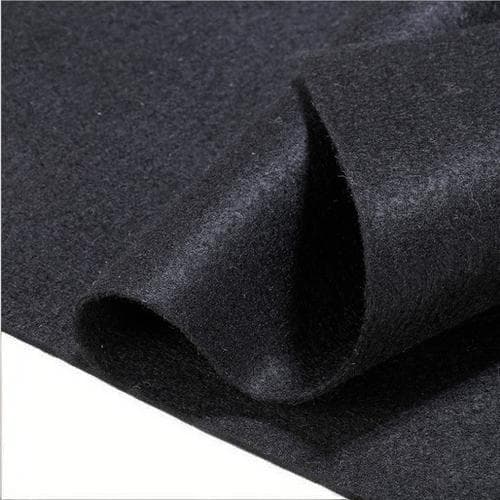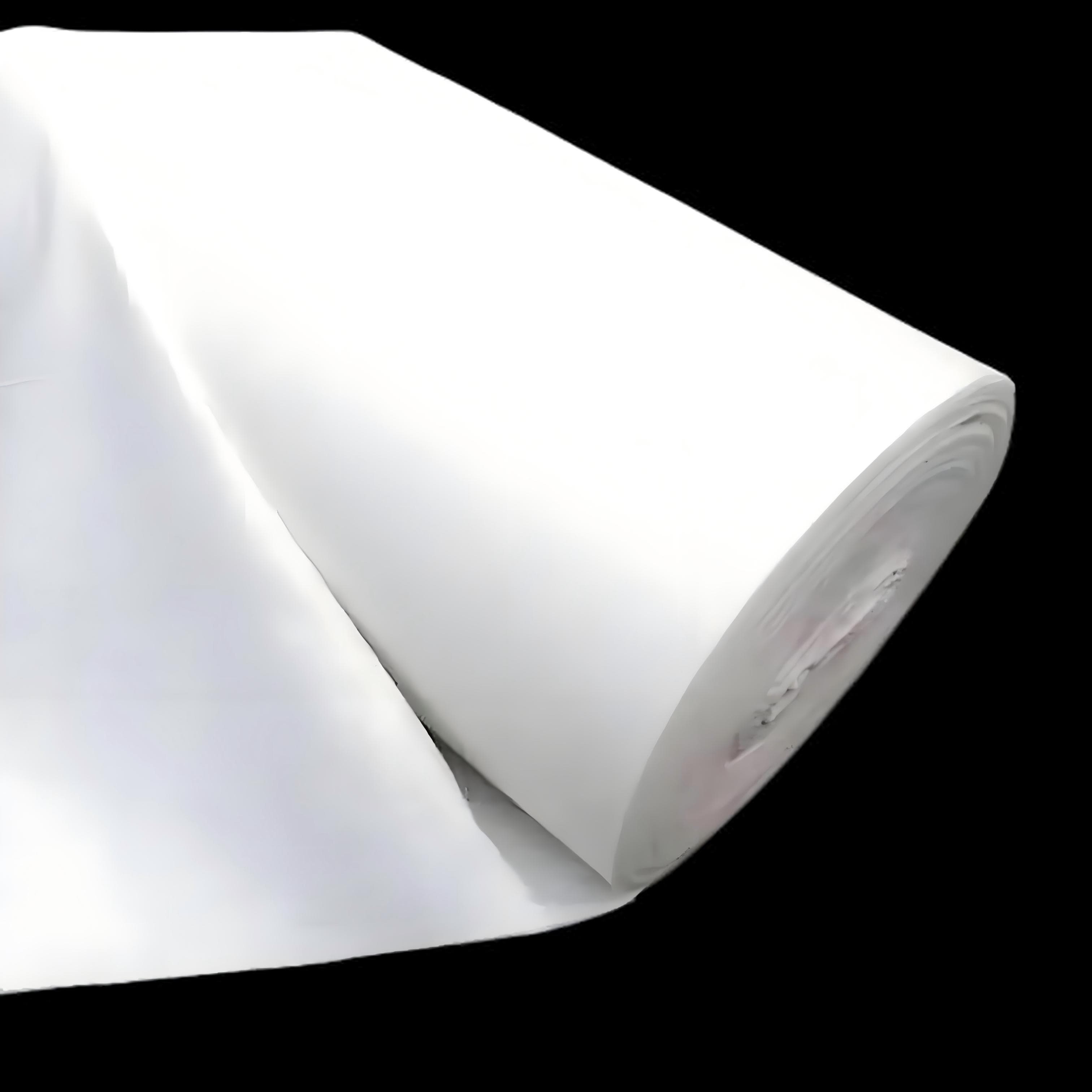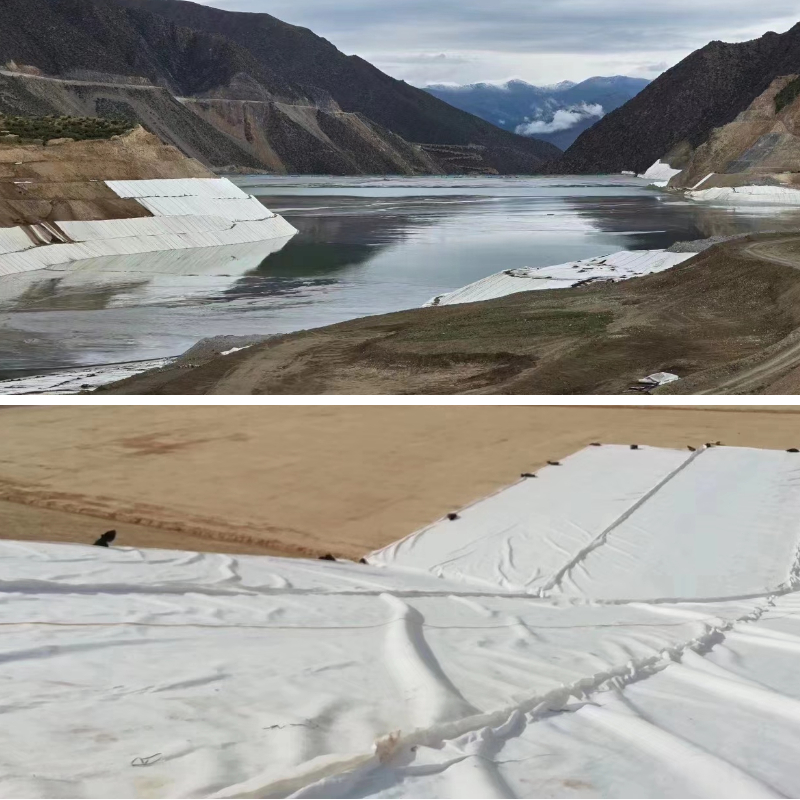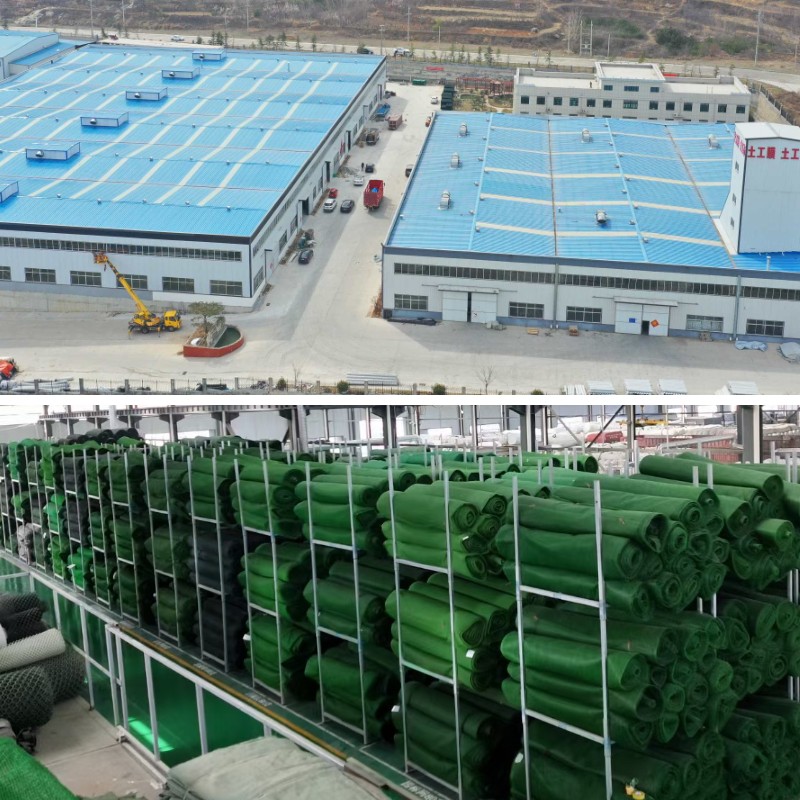Geotextile Driveway Cloth
1.Strong load-bearing capacity: Disperses vehicle loads and prevents roadbed settlement and cracking;
2.Quick drainage: Retaining soil and particles, draining accumulated water to prevent roadbed softening;
3.Anti mixing layer: Separate lanes from different structural layers to ensure the functionality of each layer;
4.Anti damage: Wear resistant to punctures, acid and alkali resistance, and lane protection structure.
Product Introduction
1、 Basic attributes
Geotextile Driveway Cloth is a permeable geosynthetic material designed specifically for lane engineering, with core properties focused on three aspects:
Material characteristics: It is mostly made of synthetic fibers such as polypropylene and polyester, with physical properties of tensile resistance and wear resistance, suitable for scenarios where vehicles are repeatedly crushed;
Structural properties: Through processes such as needle punching and weaving, a porous structure is formed, which combines the filtering properties of "retaining soil and particles" and the permeability of "rapid drainage";
Environmental adaptability: resistant to acid and alkali, UV aging, able to be used stably for a long time in common environments such as damp and outdoor lanes, and not easily affected by climate or soil corrosion.
2、 Core functions
There are three core functions of lane engineering that revolve around the needs of "stabilizing the roadbed, preventing damage, and extending lifespan":
Roadbed reinforcement function: laid between the lane base and the roadbed, dispersing vehicle loads through friction with the soil, limiting lateral displacement of the roadbed soil, avoiding roadbed settlement and cracking, and improving the lane bearing capacity;
Filtering and drainage function: intercepting soil particles in the roadbed to prevent them from mixing into the upper sand and gravel base and blocking pores, while quickly draining accumulated water inside the lane (such as rainwater and groundwater), avoiding water softening of the roadbed, and reducing frost heave and overturning problems;
Interlayer isolation function: Separate different structural layers of the lane (such as roadbed soil, sand and gravel base layer, asphalt surface layer), prevent particle mixing pollution of different materials, ensure stable material performance of each layer, and avoid interlayer movement affecting the overall structure of the lane.
3、 Main features
Combining construction and usage scenarios, highlight three practical features:
Convenient construction: The material is lightweight and flexible, and can be flexibly cut and spliced according to the width of the lane. It has high laying efficiency, does not require complex equipment, and can adapt to various lane shapes such as straight lanes and bends;
Cost adaptation: Although it requires initial laying costs, it can reduce the frequency of roadbed repairs and lane maintenance. Long term use can reduce the total project cost, and the cost-effectiveness is higher than traditional protective materials;
Durable protection: In addition to being wear-resistant and puncture resistant (resisting damage from sharp parts of construction machinery or vehicles), it can also isolate corrosive substances in the soil from corroding the lane structure, extending the service life of the lane.
Product Parameters
project | metric | ||||||||||
Nominal strength/(kN/m) | |||||||||||
6 | 9 | 12 | 18 | 24 | 30 | 36 | 48 | 54 | |||
1 | Longitudinal and transverse tensile strength / (kN/m) ≥ | 6 | 9 | 12 | 18 | 24 | 30 | 36 | 48 | 54 | |
2 | Maximum elongation at maximum load in longitudinal and transverse directions/% | 30~80 | |||||||||
3 | CBR top penetration strength /kN ≥ | 0.9 | 1.6 | 1.9 | 2.9 | 3.9 | 5.3 | 6.4 | 7.9 | 8.5 | |
4 | Longitudinal and transverse tearing strength /kN | 0.15 | 0.22 | 0.29 | 0.43 | 0.57 | 0.71 | 0.83 | 1.1 | 1.25 | |
5 | Equivalent aperture O.90(O95)/mm | 0.05~0.30 | |||||||||
6 | Vertical permeability coefficient/(cm/s) | K× (10-¹~10-), where K=1.0~9.9 | |||||||||
7 | Width deviation rate /% ≥ | -0.5 | |||||||||
8 | Unit area mass deviation rate /% ≥ | -5 | |||||||||
9 | Thickness deviation rate /% ≥ | -10 | |||||||||
10 | Thickness coefficient of variation (CV)/% ≤ | 10 | |||||||||
11 | Dynamic perforation | Puncture hole diameter/mm ≤ | 37 | 33 | 27 | 20 | 17 | 14 | 11 | 9 | 7 |
12 | Longitudinal and transverse fracture strength (grab method)/kN ≥ | 0.3 | 0.5 | 0.7 | 1.1 | 1.4 | 1.9 | 2.4 | 3 | 3.5 | |
13 | Ultraviolet resistance (Xenon arc lamp method) | Longitudinal and transverse strength retention rate% ≥ | 70 | ||||||||
14 | Ultraviolet resistance (fluorescence UV lamp method) | Longitudinal and transverse strength retention rate% ≥ | 80 | ||||||||
Product Application
1、 Highway and municipal road lanes
Laying of new road subgrade: laying geotextile pavement between the subgrade fill and sand and gravel base of highways and urban main roads, on the one hand, through isolation function to prevent the mixing of subgrade soil and sand and gravel, and avoid the blockage of base pores; On the other hand, by utilizing its anti tensile properties, it disperses vehicle loads and reduces settlement and cracking caused by long-term rolling of the roadbed, especially suitable for soft soil foundation sections (such as silt soil areas), and improves roadbed stability.
Old road renovation: When renovating damaged old lanes (such as cracked asphalt pavement or settled cement pavement), geotextile lane cloth is laid between the original pavement base and the newly laid surface layer to isolate new and old materials, prevent the damage and cracks of the old base from transferring to the new surface layer, and assist in draining the accumulated water inside the base layer, extending the service life of the renovated lane.
Non motorized vehicle lanes and sidewalks: Although the load is lower than that of motorized vehicle lanes, non motorized vehicle lanes (such as bicycle lanes) and sidewalks are subject to long-term pedestrian trampling, non motorized vehicle crushing, and are easily soaked in rainwater. Laying geotextile lane cloth can enhance the overall integrity of the base layer, prevent soil erosion, avoid potholes and sanding on the road surface, and reduce the frequency of later maintenance.
2、 Internal lanes within the park and factory area
Heavy duty lanes in industrial parks: Heavy duty vehicles such as trucks and forklifts frequently pass through the industrial park, and the lanes bear heavy loads and suffer from severe wear and tear. Laying high-strength geotextile lane cloth at the base of the lane can enhance the bearing capacity of the roadbed, resist deformation of the base caused by heavy loads, and reduce damage to the base caused by sharp parts of vehicles (such as forklift forks) through puncture resistance and wear resistance, making it suitable for frequent operations.
Logistics park distribution lane: The logistics park lane needs to meet the high-frequency usage requirements for truck loading and unloading, as well as turnover, and is prone to softening of the roadbed due to rainwater and cargo leakage (such as oil and sewage). The drainage function of geotextile lane fabric can quickly drain accumulated water, and its acid and alkali resistance can isolate the corrosion of oil and sewage on the roadbed, ensuring long-term stable use of the lane and reducing logistics transportation delays caused by roadbed damage.
3、 Rural and scenic road lanes
Rural hardened lanes: Rural roads are often built in areas with soft soil, poor drainage conditions, and limited construction conditions. Geotechnical lane cloth is lightweight and easy to lay, without the need for complex equipment. It can form a protective layer between the roadbed and the cement/asphalt surface layer, preventing soil from mixing into the surface layer and affecting its strength. At the same time, it can discharge rainwater to avoid muddy roadbeds, meeting the needs of rural roads for "low cost, easy construction, and strong weather resistance".
Scenic area sightseeing lane: Scenic area lanes need to balance traffic function and ecological protection, and are often built on complex terrains such as mountains and slopes. Laying geotextile lane cloth can enhance the stability of the roadbed in slope sections, prevent soil loss caused by rainwater erosion (avoid damaging the ecological environment of the scenic area), and adapt its flexibility to the curved shape of mountain lanes, reducing the need for terrain modification during construction and balancing traffic demand and ecological protection.
4、 Temporary construction lane
Temporary lanes for engineering construction: In scenarios such as construction and road maintenance, temporary lanes need to be built for engineering vehicles (such as dump trucks and cranes) to pass through. The temporary lane has a short service life, but it has a high load and complex construction environment (such as muddy fields). Laying geotextile lane cloth can quickly reinforce temporary roadbeds, prevent vehicles from sinking, and recycle some materials after the project is completed (if not severely damaged), reducing the cost and environmental impact of temporary works.
Emergency rescue temporary lane: In rescue scenarios after floods, earthquakes, and other disasters, it is necessary to quickly open up temporary lanes for rescue vehicles to pass through. Geotechnical lane cloth is lightweight, easy to transport, and has high laying efficiency. It can form a temporary bearing layer on soft and muddy ground, ensuring the smooth passage of rescue vehicles and buying time for emergency rescue and disaster relief.
In summary, the application of geotextile lane cloth covers the entire scenario from long-term fixed lanes (highways, park roads, rural roads, etc.) to short-term temporary lanes (construction and emergency rescue lanes). Its core value lies in targeted solutions to core pain points such as roadbed stability, drainage damage prevention, and cost control in different lane scenarios through the three functions of "strengthening, filtering, and isolation". Whether dealing with heavy load compaction, complex terrain, or meeting the needs of low-cost construction and ecological protection, geotextile lane fabric can provide key support for the quality improvement and service life extension of lane engineering with its strong adaptability and high cost-effectiveness, becoming an indispensable material in various lane construction and maintenance.













